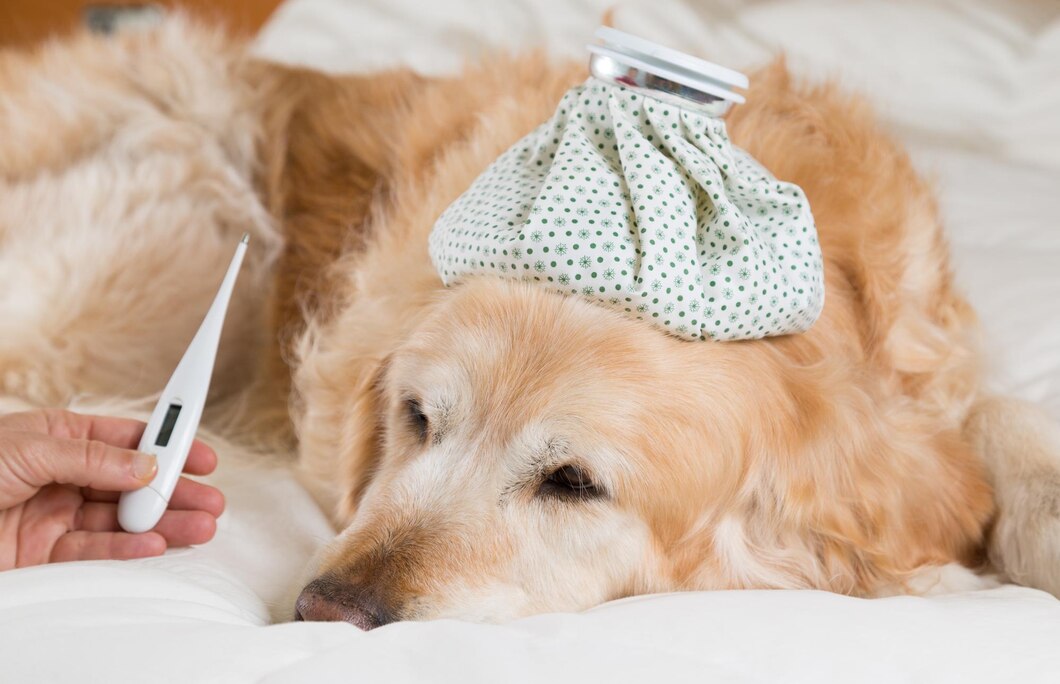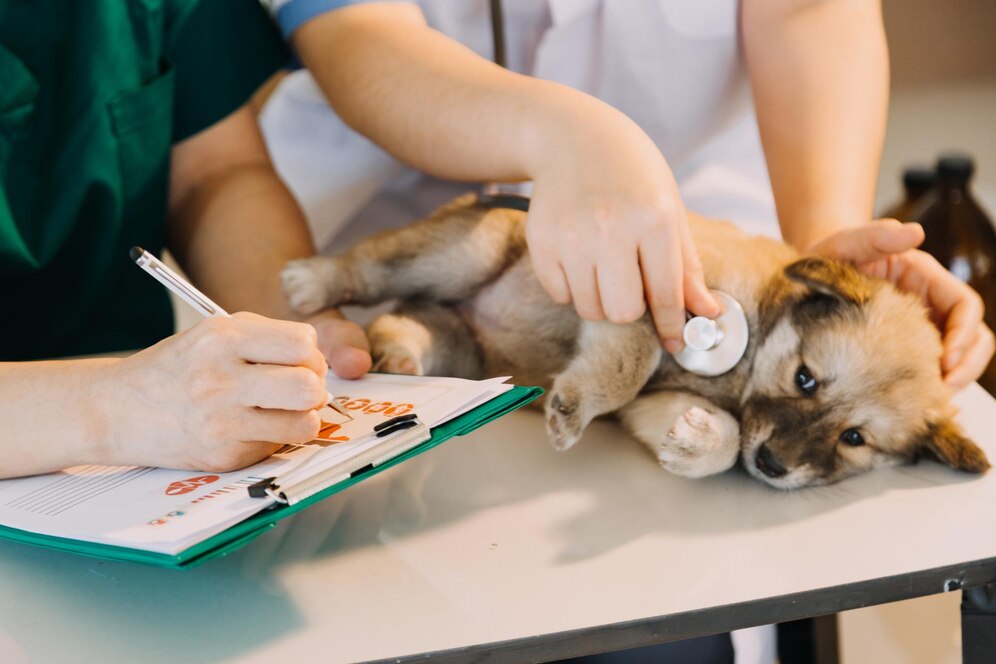The Pets Blog

Understanding Pet Insurance Waiting Periods
You’ve just signed up for pet insurance. Your furry friend is covered, right? Well, not quite—not yet, anyway.
One of the most overlooked yet critical aspects of a pet insurance policy is the waiting period — that stretch of time after purchasing a plan when your coverage hasn’t fully kicked in. It might seem like a minor technicality, but in reality, understanding your pet insurance waiting time can mean the difference between a paid vet bill and a surprise out-of-pocket cost.
Whether you’re a first-time pet owner or simply switching insurers, this guide breaks down everything you need to know about waiting periods for pet insurance — why they exist, how long they typically last, what gets covered (and what doesn’t), and how to avoid common pitfalls.
Let’s ensure you don’t get caught out during the pet coverage start time window, because when your pet needs help, you deserve peace of mind.
What Is a Pet Insurance Waiting Period?
A waiting period is the time between the start date of your policy and the point when your insurance coverage actually becomes active.
During this period:
- You can’t claim for certain types of treatment
- Some conditions will be temporarily excluded
- You’re responsible for all vet bills related to those conditions
In other words, it’s a delay before your benefits kick in.
Why does it exist?
Waiting periods are there to:
- Prevent fraud — so people don’t buy a policy after their pet gets sick or injured
- Protect the insurer’s risk pool — avoiding sudden spikes in claims
- Ensure fairness across all policyholders
Think of it as a probation period — your insurer wants to ensure your pet’s condition wasn’t already developing before the policy began.
Typical Waiting Periods in the UK
Most UK pet insurers have similar waiting period structures, but specifics can vary by provider.
Here’s what’s common:
| Type of Cover | Typical Waiting Period |
| Accidents | 24 to 48 hours |
| Illnesses | 10 to 14 days |
| Specific Conditions (e.g. cruciate ligament, dental illness) | Up to 6 months |
| Routine care (if included) | Immediate or none |
Note: Lifetime policies may carry longer waiting periods for chronic conditions compared to accident-only plans.
What Can You Claim During the Waiting Period?
Short answer: not much.
If your dog twists their paw the day after you take out a policy, chances are it won’t be covered, even if accidents are normally included. Most accident waiting times are 48 hours or more.
Commonly excluded during waiting periods:
- New illnesses (e.g. vomiting, ear infections, urinary issues)
- Injuries — if within the accident waiting period
- Dental problems
- Orthopaedic conditions often have extended waiting times unless waived
- Behavioural or hereditary conditions
- Pre-existing conditions (these are generally excluded permanently unless reviewed)
What might be covered:
- Injuries or emergencies occur after the accident waiting time passes
- Some insurers start coverage for accidents quickly (within 24 hours)
Can Waiting Periods Be Waived?
Yes — in some cases.
Some insurers offer a waiting period waiver if:
- You’re switching from another policy without a gap
- You provide full vet records showing no signs of illness or injury during the previous policy period
- You request a review of pre-existing or previous conditions
Example:
ManyPets (formerly Bought By Many) will reduce or waive certain waiting periods for pets coming from another provider, provided your previous policy was continuous.
Tip: Ask your new insurer before cancelling your old one, and never leave a coverage gap between policies.
Why It’s Risky to Wait Until Your Pet Gets Sick

It’s tempting to delay buying insurance until your pet seems unwell. But here’s the issue:
Once symptoms appear:
- That issue is considered pre-existing
- Waiting periods begin from your policy start date, not from when you “felt like buying it”
- You won’t be reimbursed for treatment during the waiting period — even if you insured them the same day
Real-world example: You notice your cat is drinking more water, and you take out insurance. Two days later, they’re diagnosed with early kidney disease. Because the diagnosis happened within the waiting period, your claim may be rejected, and that condition could be permanently excluded.
What to Do During the Waiting Period
Waiting doesn’t mean you’re powerless. Here’s how to make good use of the time:
1. Schedule a Vet Health Check

Some policies require proof that your pet is healthy at the time the policy starts. A health check helps:
- Show your pet had no pre-existing symptoms
- Establish a medical baseline
- Speed up future claim approvals
2. Create an Emergency Fund
Set aside money for potential vet bills during the waiting window. Even £100–£200 can ease the burden if something happens early.
3. Read Your Policy Documents Thoroughly
Familiarise yourself with:
- What’s excluded
- When coverage activates
- Which conditions have extended waits
Make notes or set a calendar reminder for the end of the waiting period.
Pet Insurance Providers and Their Waiting Period Policies
Here’s a quick look at how some popular UK insurers handle waiting periods:
Petplan
- Accident cover: Immediate
- Illness cover: 14 days
- Cruciate ligament & dental: Longer exclusions apply
- Can waive waiting period with vet certificate
ManyPets
- Accident: 24 hours
- Illness: 14 days
- Some pre-existing conditions are covered after 12 months symptom-free
- Waivers offered for switching policies
Animal Friends
- Accident: 2 days
- Illness: 14 days
- Dental illness: 6 months
- No waiver — all new customers go through the standard waiting period
Waggel
- Accident & Illness: 14 days
- Offers app-based tracking and claims
- Vet consultations are included after the waiting period ends
Always confirm the latest details with the provider, as waiting periods may change over time.
Real-Life Case: Ben and Luna’s Early Diagnosis
Ben adopted Luna, a playful rescue spaniel, and signed up for insurance that same week. Four days in, Luna started limping. A vet visit revealed early-stage arthritis.
The claim was denied, not because of policy terms, but because Luna’s symptoms started within the 14-day illness waiting period.
The kicker? That arthritis was now flagged as a pre-existing condition — meaning it wouldn’t be covered in future, either.
Ben learned the hard way: buy insurance early and understand what your waiting period does — and doesn’t — protect against.
Final Thoughts: Know When Your Cover Really Begins

Pet insurance gives you peace of mind — but only once it’s fully active. That’s why understanding pet insurance waiting times is so essential.
Let’s recap what you’ve learned:
- Waiting periods exist to prevent fraud and keep insurance fair
- Most UK policies activate accident cover in 24–48 hours and illness cover in 10–14 days
- Some conditions (like cruciate ligament injuries or dental illness) may carry longer waits
- Symptoms appearing during the waiting period often lead to permanent exclusions
- You can sometimes waive the waiting period if you switch from another insurer
- Taking proactive steps during the wait, like a vet check or saving, can help









